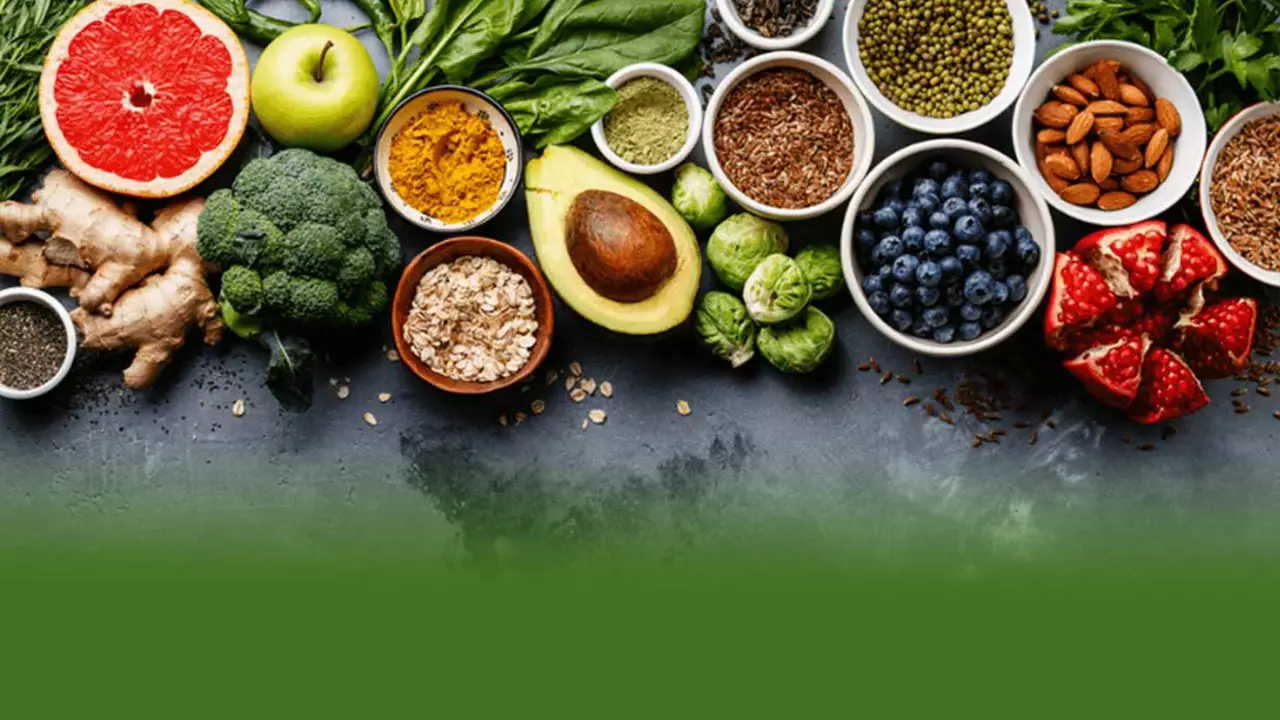Ackee: How to Pick, Prepare and Eat It Safely
Ackee is the national fruit of Jamaica and a tasty, creamy ingredient when prepared right — but it can cause serious food poisoning if you eat it unripe. This short guide gives clear, practical steps to choose ripe ackee, make it safe to eat, and get the best nutrition from it.
How to tell if ackee is ripe and safe
Only eat ackee when the red outer pod opens naturally and the black seeds are exposed. If the pod is closed or you have to pry it open, the fruit is not ripe and can contain toxic compounds (hypoglycins). Ripe ackee has soft, pale yellow flesh that separates easily from the seeds. If in doubt, don’t risk it.
If you're not comfortable handling fresh ackee, buy canned ackee from trusted brands or specialty Caribbean stores. Canned ackee is processed to remove toxins and is the safer choice for most home cooks. Check labels for sodium content if you watch your salt intake.
Quick, safe cooking tips
Rinse canned ackee gently in a colander to remove packing liquid. Heat it slowly in a pan with a little oil and aromatics (onion, garlic, thyme) until warmed through — do not over-stir or mash. Classic pairings: saltfish, onions, tomatoes, and peppers. Serve with boiled green bananas, rice, or fried dumplings.
When using fresh ackee that has opened naturally, remove the black seeds and discard the red pods. Rinse the yellow arils well and boil them for at least 10–15 minutes to reduce any residual toxins. Use a fresh pot of water and discard the boiling water before finishing the dish.
Ackee has a buttery texture and mild flavor, so it works well as a savory breakfast or a side dish at dinner. It holds up to light frying or gentle stewing but can break down if cooked too long.
Nutrition: ackee contains healthy fats, some protein, and vitamins like A and C, plus fiber. It’s not a high-carb fruit, so it fits well into balanced meals. Canned ackee may have added salt or packing oil, so read the label to manage calories and sodium.
Warnings and what to watch for: signs of ackee poisoning include vomiting, low blood sugar, dizziness, and weakness. These symptoms usually appear within hours of eating unripe ackee. If you or someone else shows these signs after eating ackee, get medical help right away and tell clinicians you suspect hypoglycin exposure.
Buying tips: choose reputable brands for canned ackee and buy fresh fruit only from sellers who clearly show opened pods. At markets, ask if the ackee opened naturally; vendors should know. Store canned ackee in a cool, dry place and use it by the expiry date. Once opened, keep it refrigerated and use within a few days.
Want one simple starter idea? Gently fry onion and pepper, add drained canned ackee and flaked saltfish, heat through, and finish with a squeeze of lime. No fuss, big flavor, and much safer than handling unripe fruit.
If you have specific health concerns (food allergies, diabetes, potassium issues), check with your healthcare provider about adding ackee to your diet. For most people, when prepared properly, ackee is a delicious, nutritious addition to meals.

Revolutionize Your Health with Ackee: The Superfood Dietary Supplement You Need
I've recently discovered an amazing superfood dietary supplement called Ackee that can revolutionize your health. Ackee is a nutrient-dense fruit native to West Africa and is packed with vitamins, minerals, and antioxidants, making it a powerful addition to any diet. By incorporating Ackee into my daily routine, I've noticed improvements in my energy levels, immune system, and overall well-being. If you're looking for a natural way to boost your health, I highly recommend giving Ackee a try. Trust me, your body will thank you for it!
Detail




